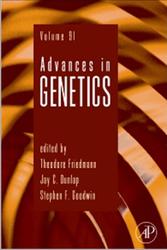At present, there are very few therapeutic options for patients affected by amyotrophic lateral sclerosis (ALS) and frontotemporal dementia (FTD). However, almost all patients affected by ALS or tau-negative FTD share in their brains the presence of aggregated TDP-43, a nuclear factor that plays an important role in regulating RNA metabolism. For this reason, this protein represents a very promising target to develop novel therapeutic options. Over the years, these options have mostly involved the search for new effectors capable of reducing aberrant aggregation or enhancing its clearance by UPS-dependent protein guality control or autophagy system. Targeting eventual mutations in the seguence of this protein might represent a parallel alternative therapeutic option. To this date, the study of various patient populations has allowed to find more than 50 mutations associated with disease. It is, therefore, important to better understand what the functional conseguences of these mutations are. As discussed in this review, the emerging picture is that most TDP-43 mutations appear to directly relate to specific disease features such as increased aggregation, half-life, or altered cellular localization and protein—protein interactions.

